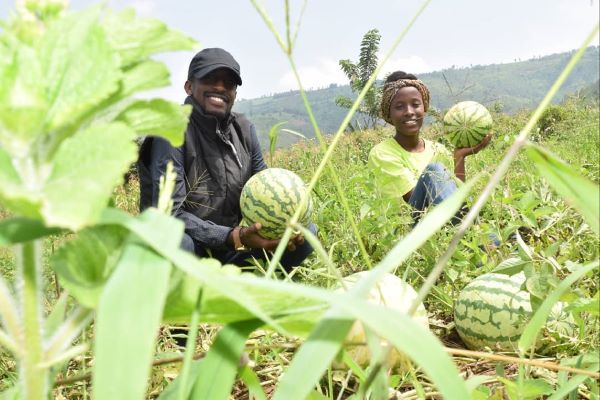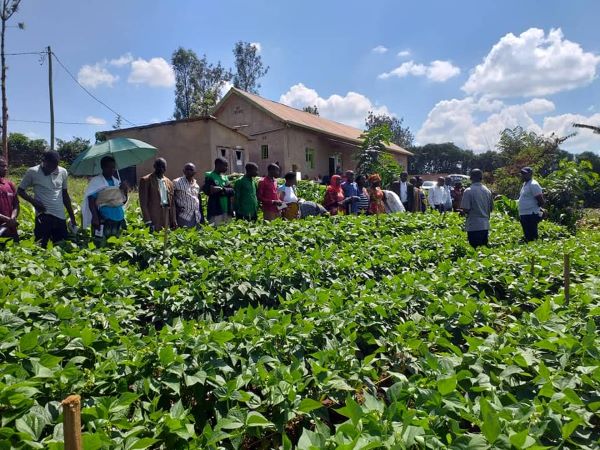
Incomes of over 200,000 small-scale farmers in Rwanda are set to increase following a $30m project that has been launched to boost market access for their agricultural produce.
The project that is funded to a tune of $28 million grant by the United States’ Agency for International Development (USAID) while the rest of the amount to be cost shared by the project recipients, will run through 2028 and is one of the expected outcomes of the five-year Feed the Future Rwanda Hinga Wunguke Activity.
According to Esperance Mukarugwiza, Market Systems Director at Hinga Wunguke, the project wants to work with the actors in the agricultural value chains right from production at the farm level to consumers for effective agricultural produce marketing, based on the market demand.
“We are looking at how agricultural value chain can be effective for our farmers, how agricultural produce buyers can work well for them such that they are encouraged to practice market-driven agriculture so that their produce can reach good markets where consumers pay well for the quality and quantity of the products they need,” said Mukarugwiza.
In this, added the director, the project will address cases of post-harvest losses that farmers have been incurring because of market access challenges.
Also to be tackled is the issue of contact farming that has been a problem between the farmers and contractors where growers tend to lose as a result of determined prices by contactors and painfully in case of violated agreements.
“We want to make sure that contract farming is enforced under the enabling environment component of the project, to avoid situations where it is breached and farmers are hurt in the process,” she said.

Targeted crops value chains
Notably, the project will not include coffee, tea and spicy crops such as chilli, rather high-value crops that generate more income to the farmer.
“We are keen about tackling malnutrition in the country by focusing on produce rich in nutrients such as vegetables, fruit, pulses, meat, fish, eggs, and milk,” said Jeanne d’Arc Nyirajyambere, Nutrition and Market Development Director at Hinga Wunguke.
The produce picked for the project will target markets in the Feed the Future Zone of Influence at key times throughout the year.
This is in addition to 30 per cent women of reproductive age consuming a diet of minimum diversity.
According to the Rwanda Comprehensive Food Security and Vulnerability Analysis (CFSVA) 2021, 20.6 per cent of the population in Rwanda was food insecure, while children of about 32.4 per cent of below five years old were stunted (chronically malnourished).
CFSVA 2021 is a joint initiative between the National Institute of Statistics Rwanda, the Ministry of Agriculture and Animal Resources and the United Nations World Food Programme.








